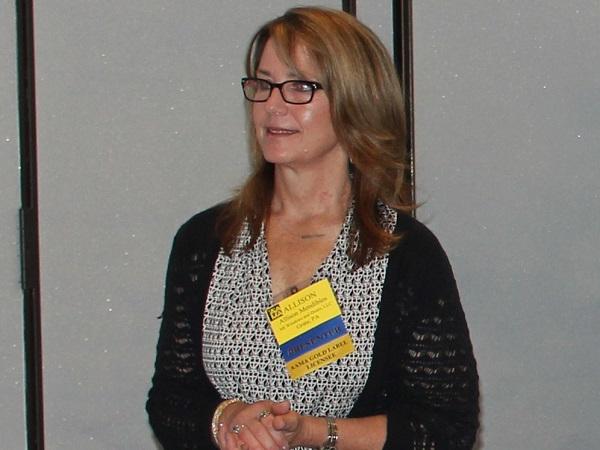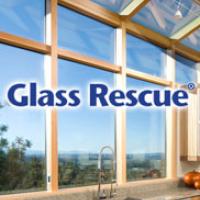
Date: 19 October 2018
Mike DeSoto, MI Windows and Doors Chief Operating Officer, and Allison Mendibles, Regional Human Resources Manager/Safety Manager, shared their insights about one of their company’s plant locations in Prescott Valley, AZ, earned the prestigious Voluntary Protection Program (VPP) star last year.
Per OSHA, the VPP recognizes employers and workers who have implemented effective safety and health management systems and maintained injury and illness rates below national Bureau of Labor Statistics averages for their respective industries. A system is used, focusing on hazard prevention and control; worksite analysis; training; management commitment and worker involvement. To participate, employers must submit an application to OSHA and undergo a rigorous onsite evaluation by a team of safety and health professionals.
 DeSoto described the program as a “train the trainer” model. He admitted some companies may be reluctant to invite OSHA into a plant voluntarily but emphasized that the end result is “very worth it.”
DeSoto described the program as a “train the trainer” model. He admitted some companies may be reluctant to invite OSHA into a plant voluntarily but emphasized that the end result is “very worth it.”
Mendibles described the program’s mission as one that moves plants away from high compliance and high enforcement to more of a behavior-based program.
“Who’s responsible for your safety?” said Mendibles in the presentation. “I know I’m responsible for mine. Make sure your team members know they’re responsible for theirs.”
Mendibles works at the Prescott Valley plant location, which has 300 team members. The plant is a two-shift operation and has been in Prescott Valley since 1980.
Mendibles described the steps it took the Prescott Valley plant to get their VPP star, which included beginning a partnership with OSHA, finding a mentor, completing the application process and then conducting a four-day audit with OSHA. The audit looked at documentation and included validation, interviews with 25 to 30 percent of plant team members and proof of the plant’s ability to provide immediate remediation.
The safety philosophy of the Prescott Valley plant is this:
- Behavior-based safety program
- Personal accountability
- Root cause and continuous improvement
“We want our team to be safe when they come to work, so we are always looking for ways to improve their safety,” said Mendibles of the ongoing efforts being made. Currently, she said, the plant is looking for a portable lifting device for workers.
Previous working condition improvements have included bringing in high-volume fans, placing water coolers throughout the plant and adding all LED lights inside and outside.
“Our back parking lot is now well lit. After second shift workers pointed out it was too dark,” said Mendibles.
Training is also a large focus and includes things like trauma training, crisis management and Lock Out Tag Out (LOTO) training.
“We go a step above basic first aid and CPR,” said Mendibles. “Our trauma training is first-hand training geared toward our manufacturing plant, specifically. [Independence Training, Inc.] looked at our hazards and made real-life scenarios of things that could happen in our plant.”
The Prescott Valley plant celebrated their VPP star flag raising on November 17, 2017.
“We’d love for every manufacturer to be partnered with OSHA, since it helps us all,” said DeSoto, who said that while there are 2,800 VPP sites across the country, only a few of them are window factories.
“We live in a hazardous environment, but I can tell you, it is a probabilities game with near-misses,” said DeSoto. “The end game is to save lives and prevent injuries. Right behind that goal is the good it can do for the industry.”
More information about AAMA and its activities can be found via the AAMA website.
 600450
600450
















Add new comment